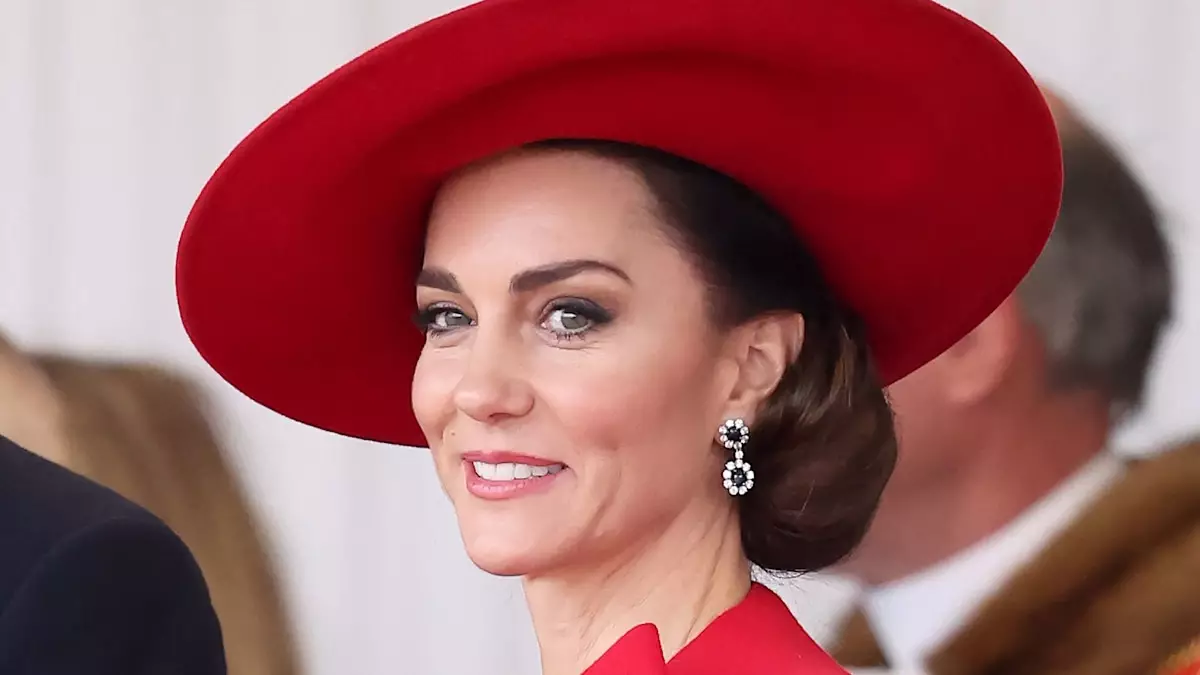Royal fashion has long been steeped in tradition, marking not just personal style but institutional power. For centuries, the monarchy has adhered to strict sartorial guidelines that set them apart from the everyday citizen. Many of these regulations originate from historical norms; for example, the requirement for women of nobility to cover their hair in public dates back to the 1850s. This ancient decree reflects societal perceptions of modesty and etiquette and is still a driving force behind royal attire. Understanding the roots of these fashion guidelines provides insight into their continued relevance, making us question what symbols still hold weight in modern royal engagements.
At events like the Commonwealth Day Service held at Westminster Abbey, adherence to these traditions is visible in the form of elegant hats that embellish the outfits of royal ladies. The rigid structure of these protocol-driven choices adds an extra layer of gravitas to public appearances, making it clear that the royal family is not just a contemporary institution but one grounded in rich history.
The Role of Headwear in Royal Protocol
When it comes to headwear, the monarchy has maintained specific customs that are expected of royal women during high-profile events. Former royal butler Grant Harrold notes that hats are not merely decorative but serve as an emblem of royal status. According to royal etiquette, these women are obliged to don their hats during the day, specifically from 6 a.m. to 6 p.m. This timeframe is not arbitrary but is steeped in formal guidelines that reflect a time when women’s propriety dictated their attire. The absence of a hat in certain situations could even convey messages about marital status, adding a layer of complexity to what might first appear as mere fashion choices.
Moreover, the distinction between hats and fascinators illustrates the subtle nuances that underline royal protocol. While fascinators may be fashionable, they do not carry the same weight as traditional hats in royal settings, showing how even minor details can have significant implications in the realm of royal fashion.
Symbolism in Color Choices
In addition to the specific structure of attire, the color selections made by royal women, particularly Princess Kate, are equally telling. She often gravitates towards bold hues like red, especially during significant diplomatic events. This practice echoes a similar approach taken by her late mother-in-law, Princess Diana, and carries with it layers of meaning. Fashion commentators often highlight red’s symbolism of courage and authority, effectively making Kate’s wardrobe not just a personal style statement but a calculated move to convey confidence and leadership.
The idea that color can influence public perception is not merely speculative but supported by historical usage wherein colors held tremendous political and social significance. In the context of royal engagements, the choice of red can be perceived as a signal of strength during difficult times or events requiring heightened visibility, transforming the outfit from a mere ensemble into a form of diplomatic language.
The Intersection of Modern Fashion and Royal Etiquette
Despite the rigid guidelines, there are occasional modern reinterpretations within royal fashion, partly due to the personal tastes of each royal lady. Princess Beatrice, for instance, has found ways to reinterpret headwear with oversized headbands that push the envelope of traditional norms while still resonating with royal elegance. The infusion of contemporary elements into royal dress is a reflection of changing norms and the evolving role of the monarchy in a modern society that increasingly questions rigid traditions.
This dynamic between adherence and innovation creates a fascinating duality wherein the royal family preserves its heritage while also resonating with a younger, more style-conscious audience. The ongoing challenge for modern royals lies in balancing the expectations of antiquated traditions with the desire to express personal identity through fashion, showcasing the complexity of representing monarchy in a contemporary setting.
The scrutiny of royal fashion rules reveals more than just clothing choices; it tells a story about identity, history, and the delicate navigation of traditions that define royalty today. Through careful attention to these details, royals not only uphold centuries-old customs but also infuse these traditions with new life, bridging the past with the present in a strikingly elegant manner.


Leave a Reply